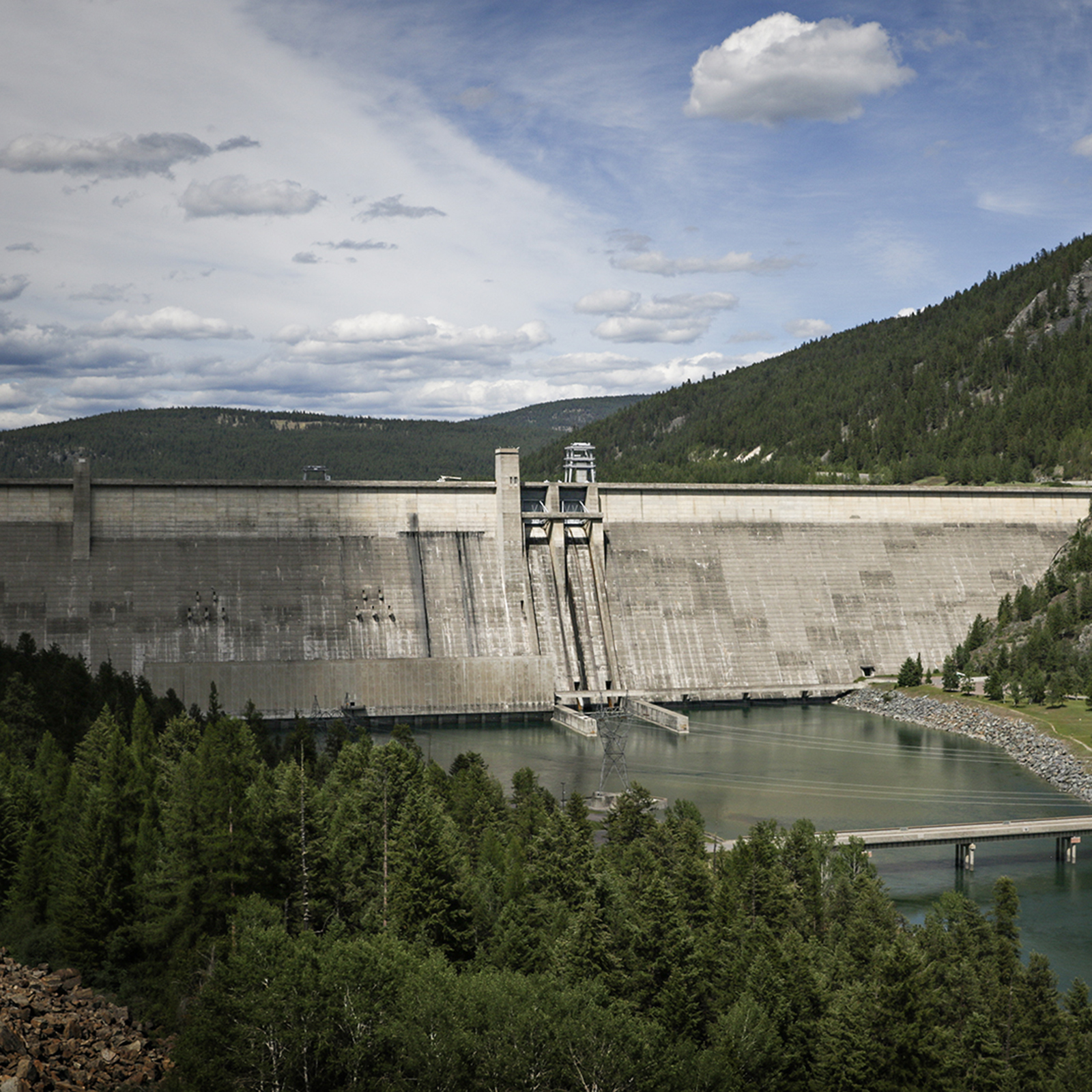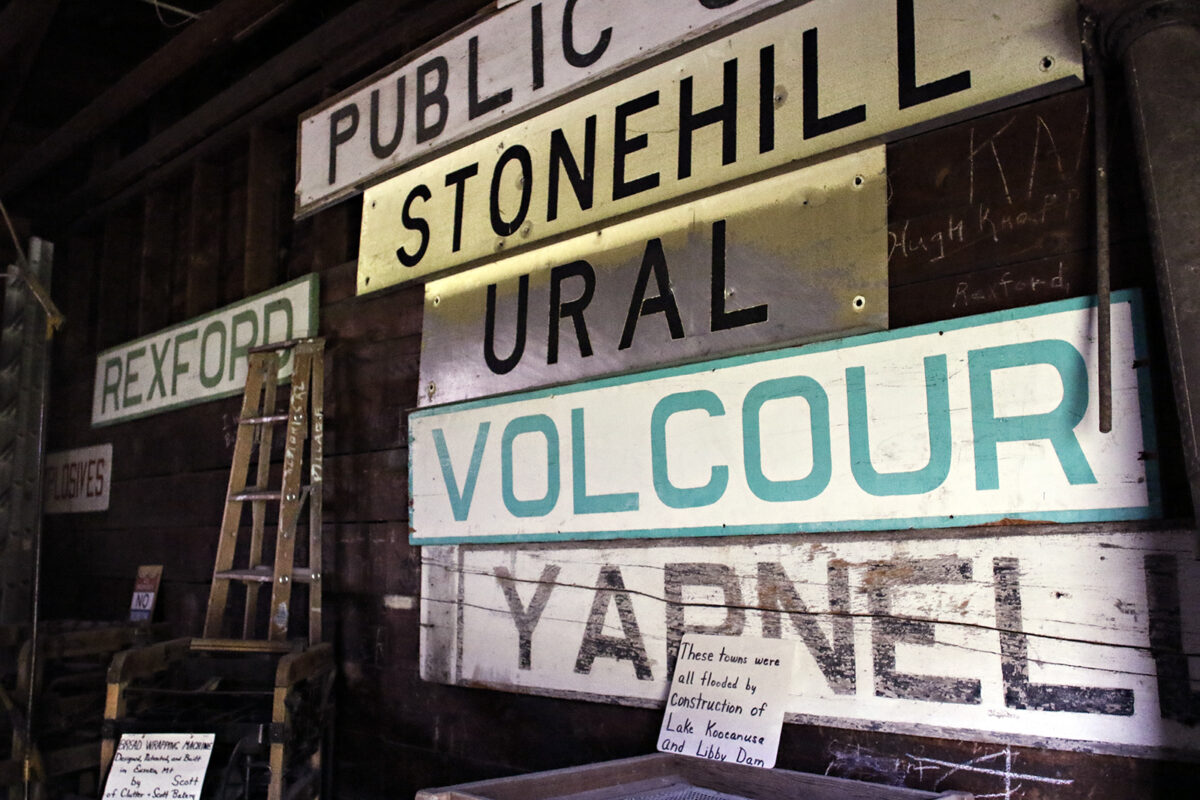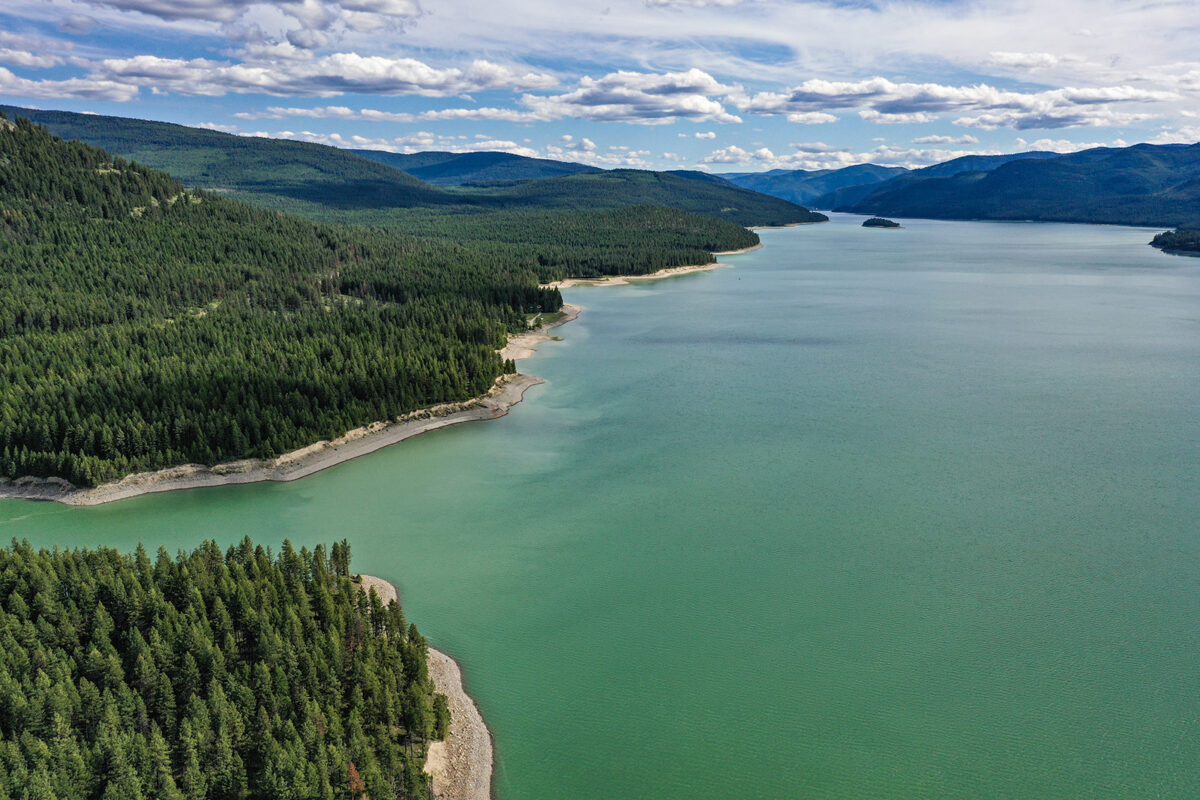
On Aug. 24, 1975, some 3,000 people, including the President of the United States, the Senate majority leader and other high-ranking officials from both the U.S. and Canada, gathered north of Libby, Mont., for the dedication of the newly constructed Libby Dam. Such a robust crowd of dignitaries may seem like a lot for what is essentially a giant chunk of concrete holding back water. But it reflected just how important the completion of the Libby Dam was at the time — and how critical it remains a half-century later.
Prior to the construction of the dam, the Kootenai and Columbia Rivers were the site of some of the most disastrous floods on the continent. Perhaps the worst came in 1948, when the city of Vanport, Ore., (located between Vancouver, Wash., and Portland, Ore., hence the name), was quite literally wiped off the map. The flood left 15 people dead and 18,000 homeless. Even before that flood, political leaders had been considering ways to tame the waters of the Columbia River Basin and Vanport was the final straw. Two years later, Congress passed the Flood Control Act of 1950, and 11 years after that, an international treaty between the United States and Canada was signed calling for the construction of four massive hydroelectric dams to control the region’s rivers and create massive amounts of hydroelectricity. Three dams would be built in British Columbia and one dam would be constructed on the Kootenai River north of Libby.
Beginning in 1966, some 2,000 workers with the U.S. Army Corps of Engineers descended on northwest Montana to build a dam that would stand 422 feet tall and stretch 3,055 feet from one side of the valley to the other. In total, it took 7.6 million tons of concrete to build, enabling it to hold back 5.8 million acres of water in a reservoir that stretches 90 miles north into Canada. But while the dam and reservoir were the ultimate goal of the endeavor, they were only part of the story. Before Lake Koocanusa could be filled up behind the dam, the Army Corps had to build three new schools; expand Libby’s airport; relocate 52 miles of highway; move 59 miles of railroad (including constructing a 7.01-mile-long rail tunnel beneath Elk Mountain that is the second longest in the United States); and resettle the entire town of Rexford.

The flood control benefits of the dam were revealed almost immediately. The years of 1972 and 1974 both featured near-record snowmelt and had the dam not been in the way, it’s likely that runoff would have ravaged the Kootenai River Valley through Northwest Montana and North Idaho. By some estimates (reported in the Bonners Ferry Herald), the dam prevented $32 million in flood damages during just those two years alone, surely legitimizing the project’s $500 million price tag. Of course, that cost goes down even further when one considers the fact that the dam’s five turbines can generate 525 megawatts of electricity, roughly enough to power 400,000 homes across the Pacific Northwest.
Of course, there are unseen costs to the dam’s construction; the loss of prime timberland, fertile farmland and a half-dozen communities, because while Rexford was moved up the hill, places like Warland, Tweed, Ural, Volcour and Yarnell were lost to the lake.
But those lost communities were far from the minds of the many who attended the dedication 50 years ago this coming summer to celebrate what was considered a technological and environmental achievement that changed the landscape of the Pacific Northwest forever.
“The poet Tennyson once wrote, ‘Nothing in nature is unbeautiful.’ I believe that mankind has the responsibility of preserving that beauty,” said President Gerold R. Ford during his remarks on the afternoon of Aug. 24, 1975. “Let us, therefore, take heart as well as pride in the creation of the Libby Dam. It will enhance the best we and our environment have to offer. It offers the message loud and clear, we are the defenders, not the despoilers of this great land.”
